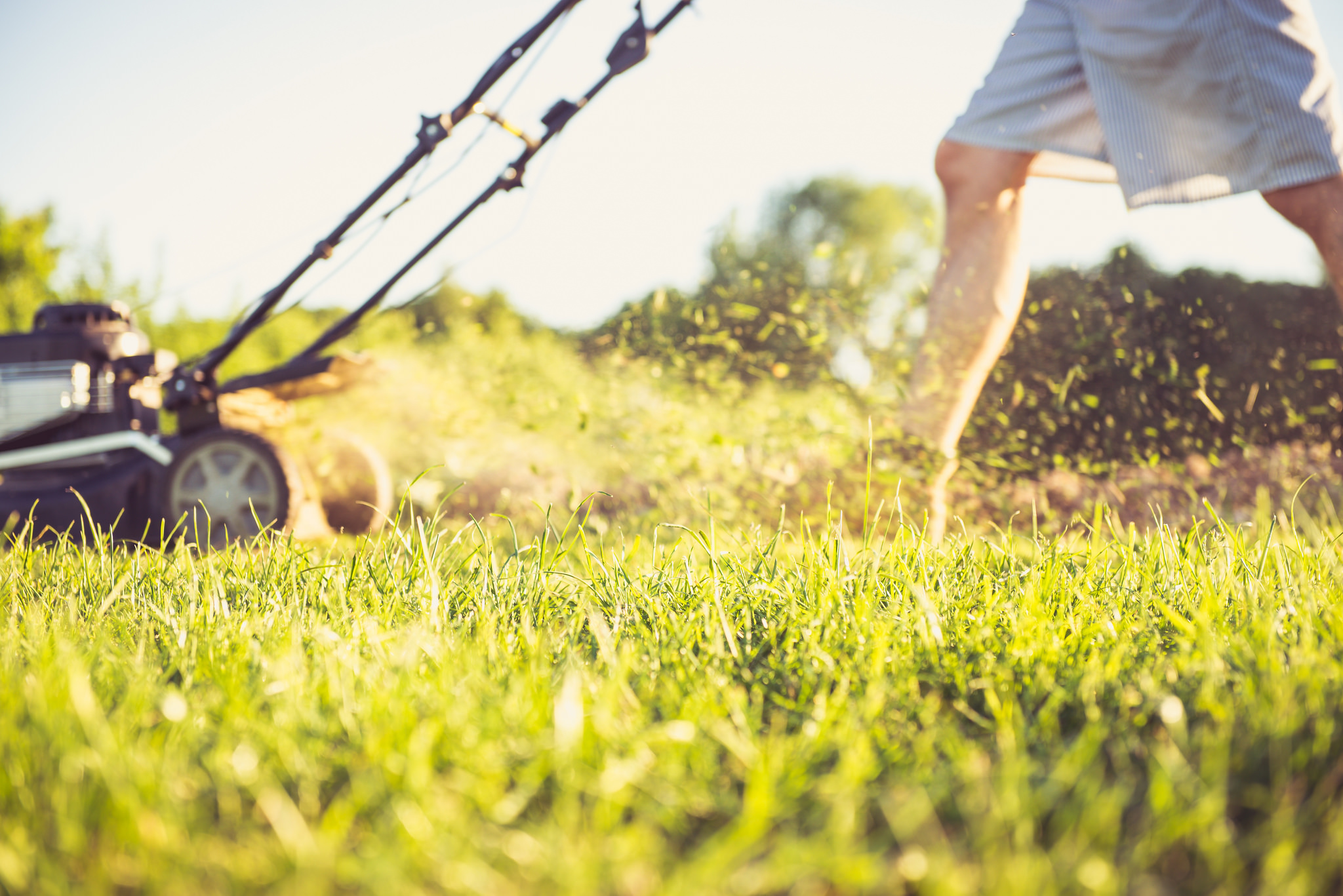Lawn care for the river

How you care for your lawn can have a big impact on local waterways. Here are a few quick tips for creating a lawn that absorbs more water and flourishes without chemical assistance.
What you can do
Tips for mowing your lawn
- Cut your lawn to 3 inches or higher: Thanks to climate change, when it rains it pours, causing stormwater systems to overflow. That means pollution discharges into the river. But the higher the lawn, the deeper its roots. And the deeper its roots, the more absorbent the ground.
- Go bagless when you mow and leave the clippings: Leaving lawn clippings in place encourages richer soils that can soak up more water.
Alternatives to pesticides and chemicals
Pesticides and herbicides that keep turfgrass weed-free can be toxic to people and wildlife.
Lawn chemicals account for the majority of reported wildlife poisonings to the Environmental Protection Agency.To reduce lawn chemical usage in problem areas, try to find the root cause. The actual roots of your plants may be in poor soil.
- Aerate your lawn once per year to break up the soil so nutrients and water more easily reach roots.
- Mulch your leaves in place in the fall.
- Amend your soil with a thin layer of rich compost.
- Replace some of your lawn with native plants to make a garden that doesn’t need as much chemical assistance to flourish.
Tips for watering
- Manage rainfall runoff to prevent erosion by rerouting your downspouts away from pavement and into grass, a rain barrel or a raingarden.
- Water in the morning to prevent evaporation by the hot mid-day sun.
Tips for fall yard cleanup
When you grab your rake and gloves from the garage, keep in mind these five things you can do during fall yard cleanup to help protect the Mississippi River.
Other resources
• Sustainable Urban Landscape Information Series, UMN Extension
• Minnesota Pollution Control Agency's classes on summer turfgrass maintenance
• Mississippi Watershed Management Organization's webpage on lawn care and fall yard care
• Getting started with bee lawns
Landscape for the river
Dig into more tips to help protect the river right from your own backyard.